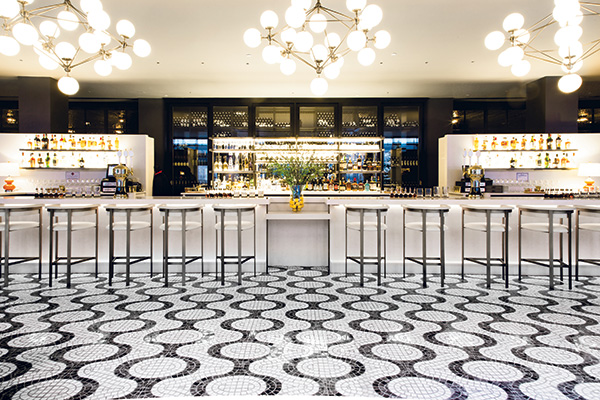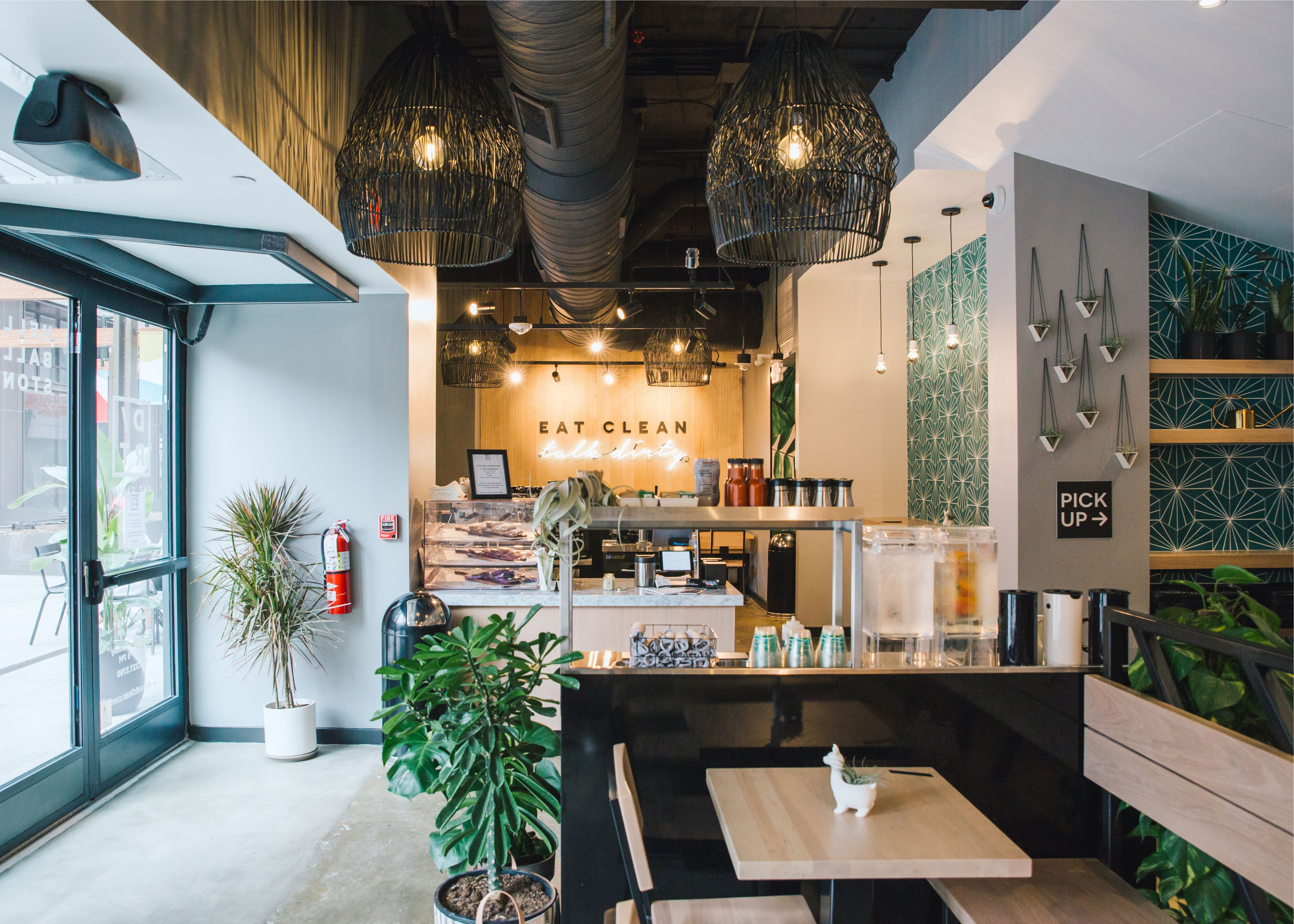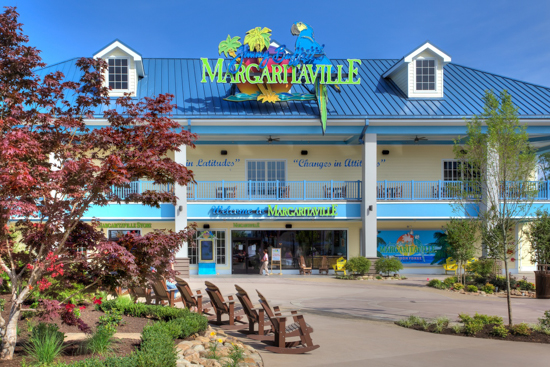Successful projects display beauty and brains.
Before tucking beautiful images of newly designed projects into their portfolios and moving on, perhaps every designer should be required to work a few busy shifts in the restaurants that they’ve designed. It could be a real learning experience.
When functionality and creative design come together, the end result is a beautiful thing. Designers who manage to hit the sweet spot for functionality as well as aesthetics make true magic for clients. That’s because no matter how great a restaurant looks, it’s how the space actually functions that directly impacts operational success, from simple capacity to guest comfort and safety, from FF&E lifecycles to the ability of the staff to provide great food and service smoothly and efficiently.
 Gemini Bar 555 Credit Erick Leinberg for 555 International
Gemini Bar 555 Credit Erick Leinberg for 555 International
“When you have areal, serious commercial business that has to deal with food in, food out, where do we store everything, how is it loaded in, loaded out, where is it prepped, how do guests get to the restrooms without running into staff loaded down with trays and all of those sorts of things, function absolutely has to be carefully considered,” says James Geier, founder and president of 555 International, a Chicago-based design, development and fabrication firm. “It’s not just painting a bunch of pretty pictures that your client then ultimately has to make work. Yes, our projects have to be great-looking, but they also have to be functional. We’re solving problems and making it easier for the owner to operate. Many designers don’t know enough about restaurant operations to even care about things like service flow and work stations. But if you get those things wrong, you’ll have significant functional problems. Even owners sometimes don’t know it when they’re looking at somebody’s 2-D plan and trying to find a way to squeeze in another two-top. But after the fact, when they’re open and operating and things aren’t working like they should, they’ll know, and their business will suffer for it.”
Tanya Spaulding, principal at Shea, a full-service design and branding firm headquartered in Minneapolis, agrees that function has to be considered as much as, if not more than, form — particularly for restaurant projects. “Restaurants require a very different strategy than, say, hotel lobbies or retail spaces,” she says. “In restaurants, every square foot of space needs to serve a purpose and perform well.”
Discussions of functionality absolutely must happen at the very beginning of every restaurant project, Spaulding cautions. When they don’t, the design team can inadvertently wind up creating barriers for the operator and the restaurant staff.
“Building in functionality before we even start talking about aesthetics is critical,” Spaulding says. “It starts with considering the space needs and discussing the brand, creating a brand strategy, talking about differentiation and how the concept fits within the competitive set. And we create a design and a brand foundation simultaneously so that we really understand everything that needs to go into that design in order for that brand to succeed. We never want to design it first and then try to fit in all of those things. The key to success is to not fall in love with how it should look without first establishing how it needs to operate as a business.”
Designers really do have a lot of control over the number, type and severity of barriers that staff members face just trying to do their jobs, Spaulding adds. Eliminating or reducing those requires a lot of discussion and modeling — in 3-D, even if it’s just a wire-frame model — from a project’s beginning to make sure the client knows exactly what they are getting and so that they have the opportunity to provide input at the right stages before things go too far.
“If we create barriers, ultimately the quality and speed of service that restaurant is equipped to provide suffer and so will its profitability,” Spaulding says.
And there is no set formula for getting it right. Every restaurant project is a from-scratch proposition: Each concept is its own animal, every owner brings in individual preferences, and every space presents unique opportunities and challenges.
That being said, both Spaulding and Geier agree that among the toughest “functional by design” challenges that restaurant designers consistently face is creating service areas that look great and enhance the ability of staff to do what they need to do — quietly, efficiently and with a minimum of frustration — during the course of a shift.
“Designers often forget to incorporate service stations on the floor or close by so servers have access to what they need and a place to put things,” Geier says. “They put in chairs and tables and cram as many in as they can. They think about open kitchens and bar areas, but all too often, they don’t think about service functions that really have to happen close to the actual point of service. Those very functional necessities have to be allowed for and integrated into the design. You can’t just disregard them because you’re pushed for space.”
While functionality of such areas is critical to staff’s ability to provide smooth, seamless service, their design is also increasingly important, Spaulding notes. Over the past few years, transparency into all aspects of previously behind-the-scenes functions at restaurants has increased, creating both an opportunity and a requirement for designers to get creative with service stations.
“They’re critical to get right. They have to look good, be well organized and fit the brand,” Spaulding says. “You can’t eliminate or ignore one or the other of those requirements.”
Inspired Ideas
Certainly, functional design solutions can be big ideas — and a focus on big-picture functionality is paramount as every project gets underway. But in tight restaurant spaces with a million moving pieces, it’s often the seemingly little things — the great ideas for solving very specific problems in creative, design-forward ways — that make all the difference.
See detailed examples on the following pages.



